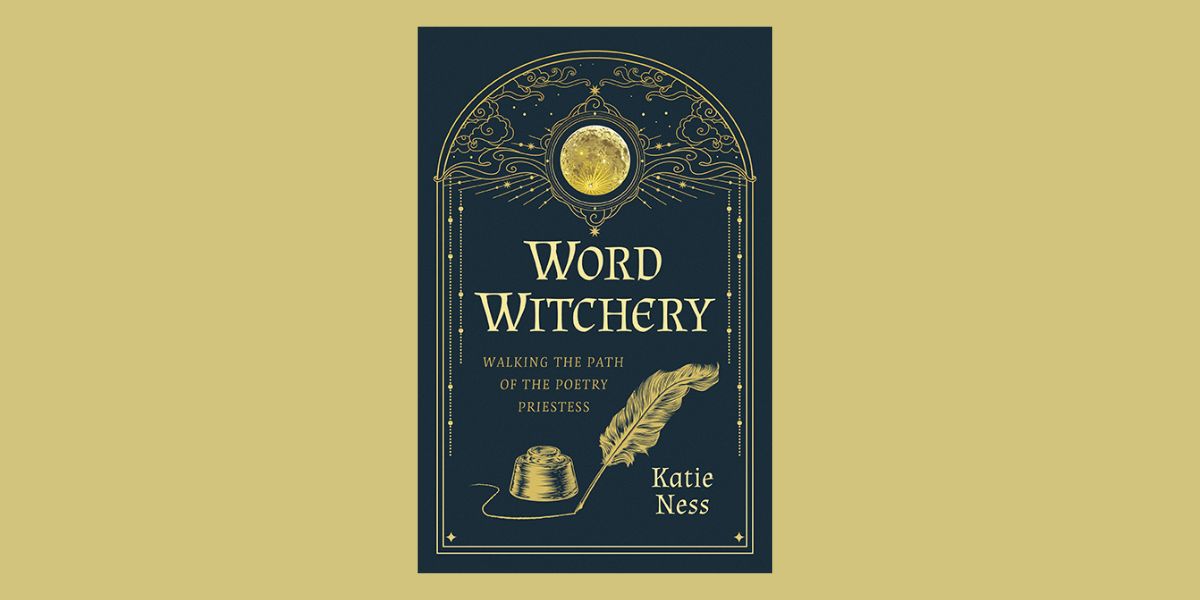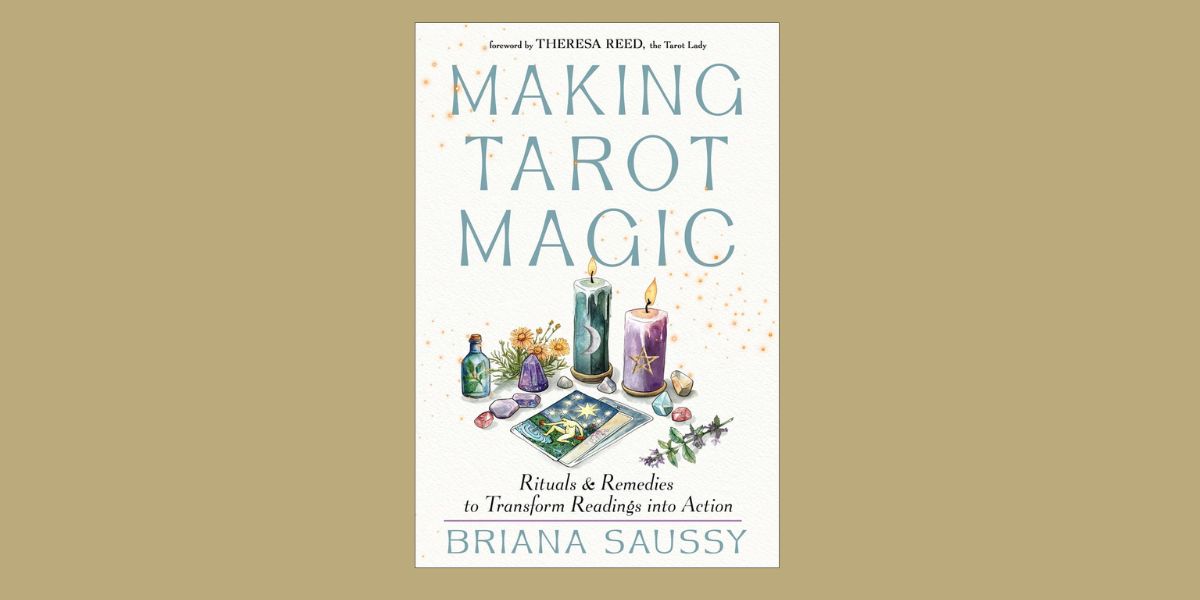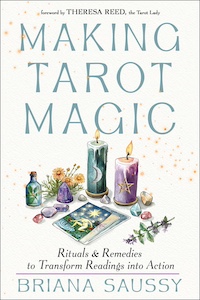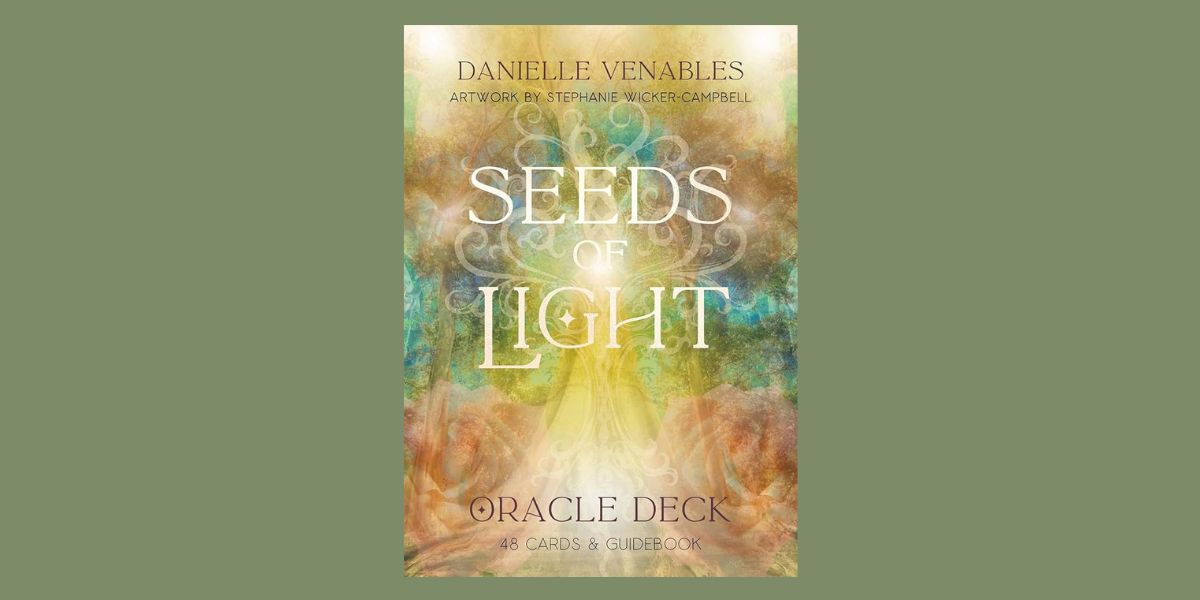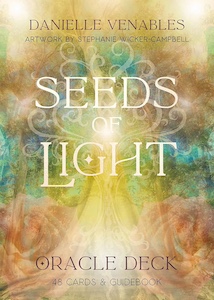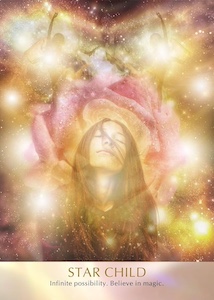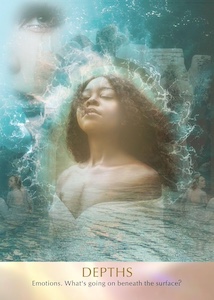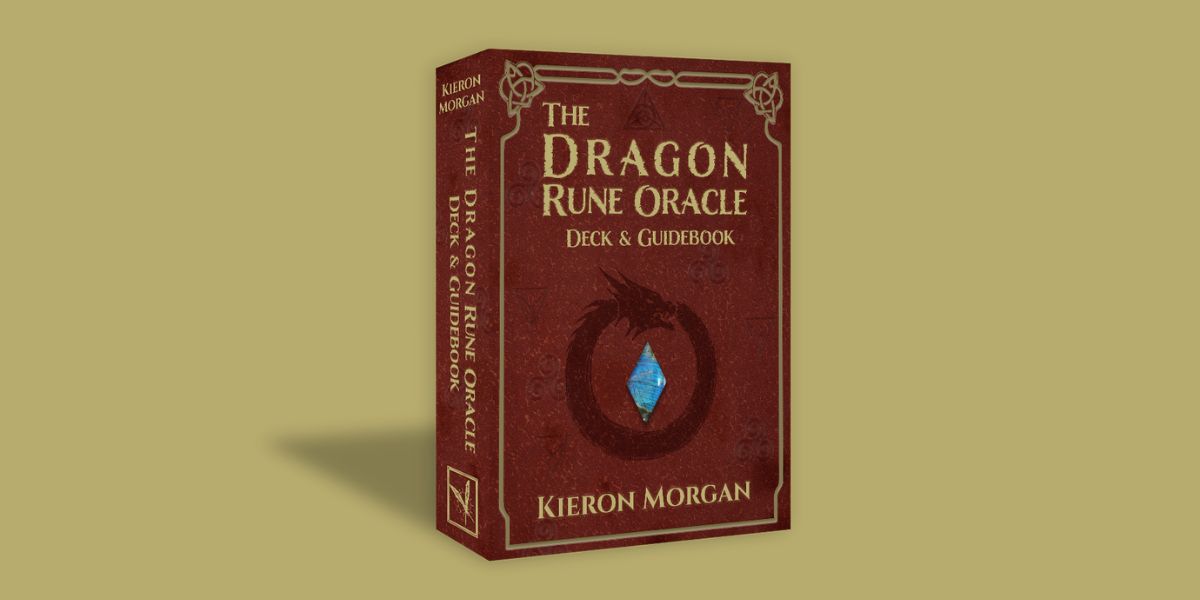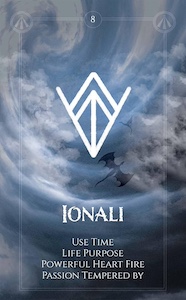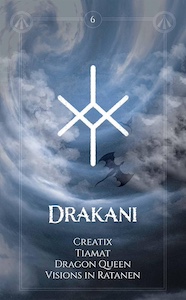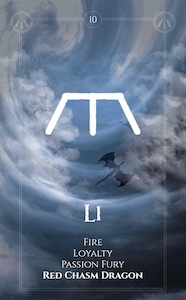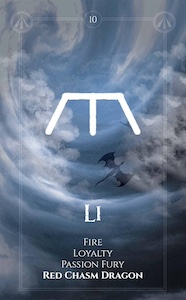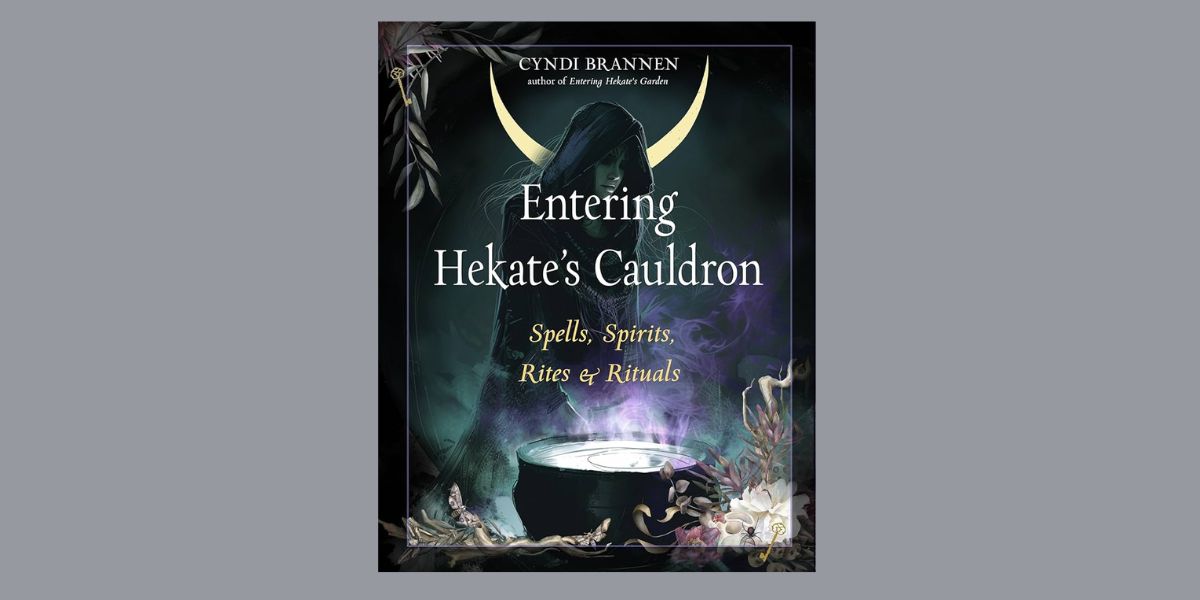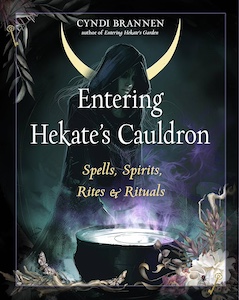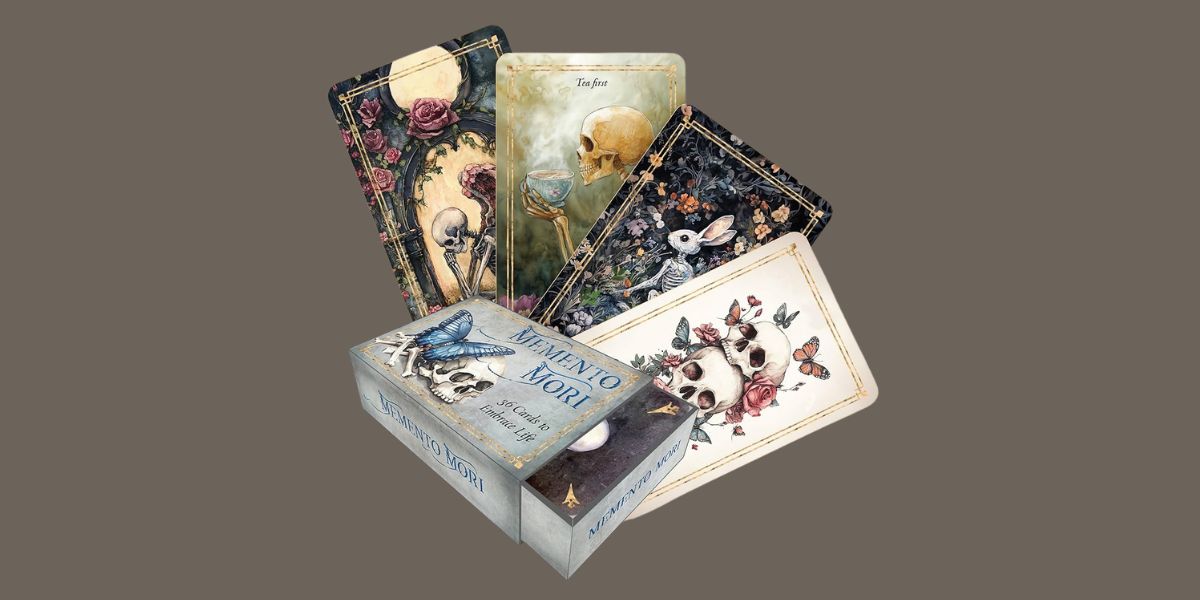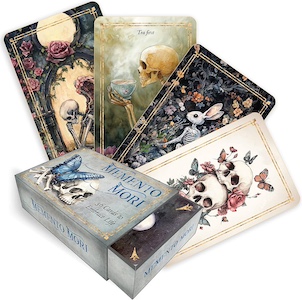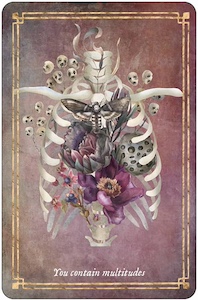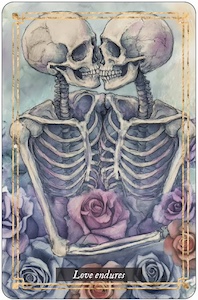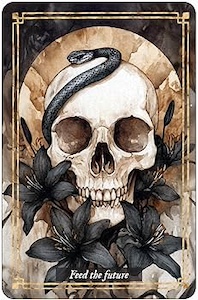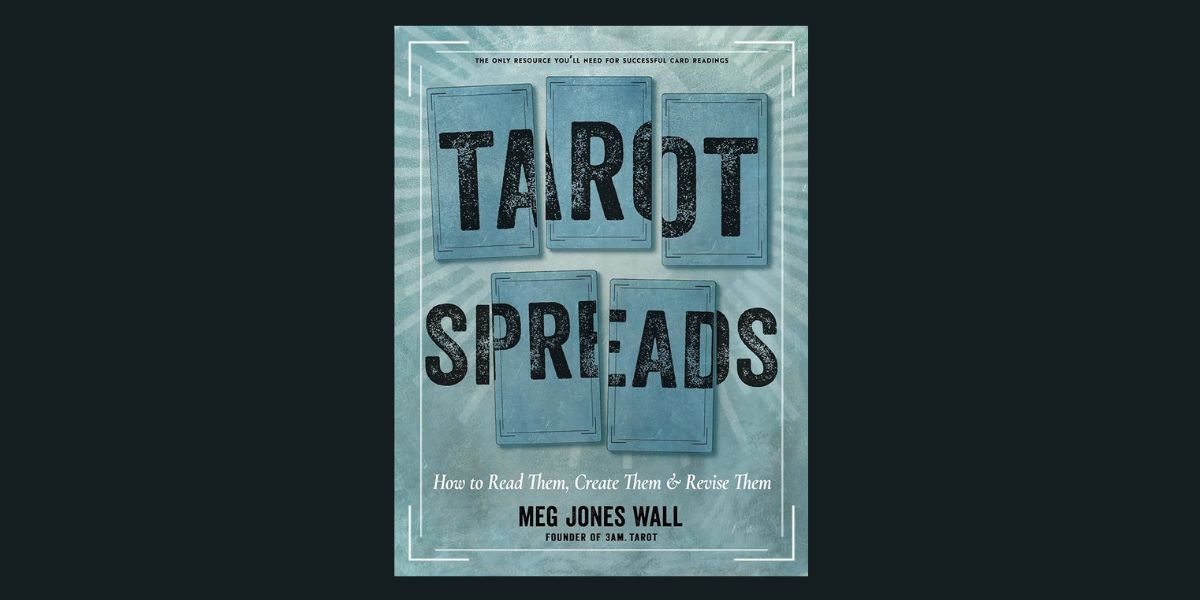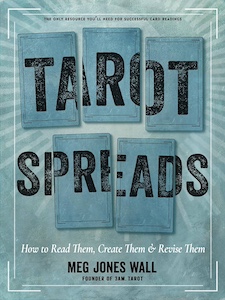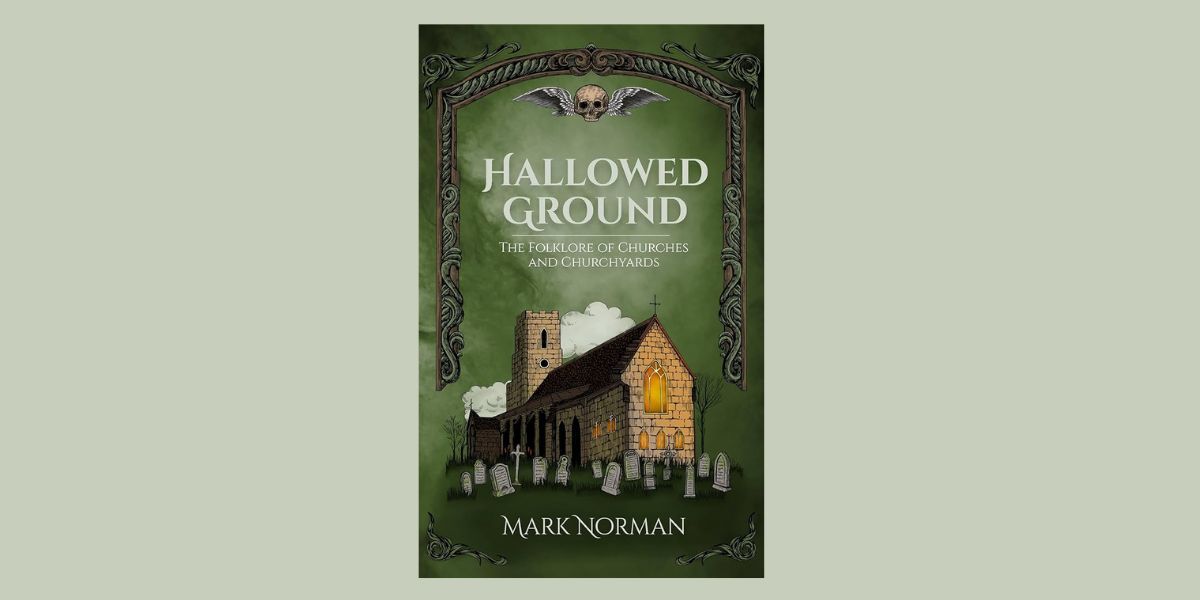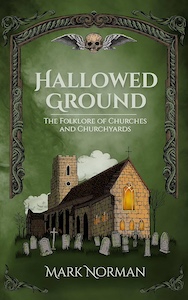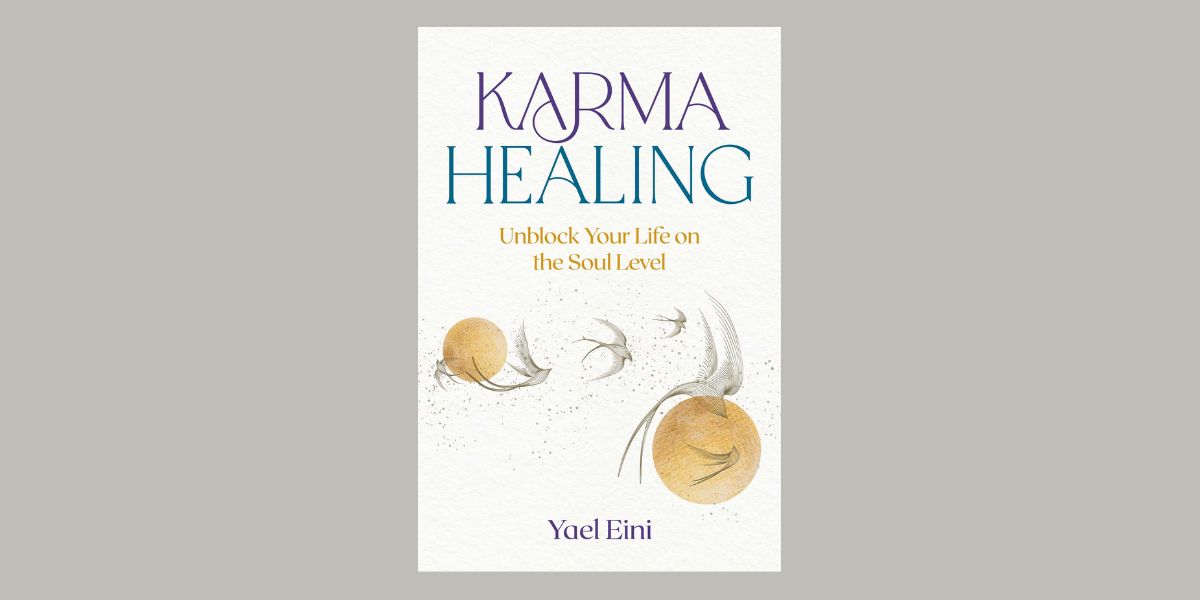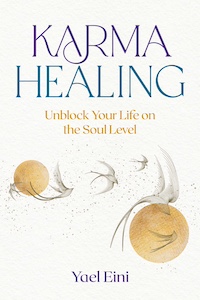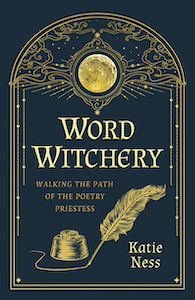
Word Witchery: Walking the Path of the Poetry Priestess, by Katie Ness
Moon Books, 1803417064, 304 pages, November 2025
Does writing or reading make you feel inspired? Have you ever felt an immense relief, joy, or catharsis from penning your feelings? Or perhaps you’ve artfully woven together your sentences to create a soulful tale that took on a life of its own? Well then, you might just be a word witch! Part spiritual history, part poetic grimoire, Word Witchery: Walking the Path of the Poetry Priestess by Katie Ness explores the ancient power of the spoken and written word as a form of magic, inviting modern readers to reclaim the tradition of “word witchery” as a mystical art.
“Poetry and the written word as a vessel of devotion is a universal act of worship around the world that helps us not only make sense of the signature of all things and commune with the elements within it, but to make the intangible tangible and to recognise how sacred it all is.”1
Divided into three parts, this book is a great mixture of theoretical and historical material and hands-on suggestions for magical workings. “Part 1” begins with an introduction to Ness’s path as a word witch. She then delves into the power of the spoken word, highlighting the importance of storytelling and word craft through time. Ness shares her insights on what it means to be a poet and word witch who weaves magic through text., words as spells, and poetry as alchemy. There’s even an invitation to connect with Minevera through ritual.
In this first part, she also takes readers on an excavation of magical poetry, showing how the use of language to “invoke or manifest an outcome in a magical way”2 has been done for thousands of years. The longest section, “The Lost Voices of the Feminine Divine”, highlights lesser known women with a talent for word craft: Bullutsa-rabi from first millennium BCE in Babylon, Anyte of Tegea from 3rd century Arcadia, Gangasati from 13th century western India, Zhou Xuanjing from 12th century China, Gwerful Mechain from 15th century Wales, and many, many more. There’s a fluidity to “Part 1”, as it roams through time and space, as Ness guides readers through different cultures who have used this form of magic.
“The writing of poems is an alchemical process. Concrete words can frame more ephemeral thoughts and emotions.”3
“Part 2” is dedicated to readers creating their own word witchery practice. Ness covers a wide range of poetry-inspired topics readers might be called to write about: devotionals to deities, to celebrate sabbats, connecting with the phases of the moon, spellwork (love, healing, protection, abundance), shadow work, dream work, and even magical crafting (talismans, stitching, and more!). For all the chapters, Ness provides directions to follow, including ingredients and tools needed, which I felt gives readers more freedom to then just focus their creative energy on creating their poetry rather than having to come up with the entire spell or ritual from scratch.
My favorite type of poetry Ness suggests in “Part 2” was tarot poetry. I’ve been on a huge tarot kick recently, so this was a very neat way to further integrate the tarot wisdom I’ve been absorbing. I decided to do the “Five Card Tarot Poetry” exercise Ness shares where you do a reading and then write one sentence for each card, creating a short poem. I decided to do this, pulling five cards to divine what the rest of 2025 holds for me.
Card 1 – Judgement
Card 2 – Ten of Pentacles
Card 3 – King of Pentacles
Card 4 – Queen of Swords
Card 5 – Knight of Pentacles
I release the burden of self-blame,
rising anew in a fiery blaze.
My family bonds are deeply rooted,
I am building my legacy.
Fortified by my strength and resources,
I am recognized for my abundance.
What stands between me and fulfillment is easily sliced away,
while boundaries safeguard my peace.
A time for methodical new beginnings,
I move ahead strategically.
Okay, so it turned out more like an empowering poetic affirmation, but the process of creating this poem was quite fun and tapped me deeper into my creativity, affirming my reading in a new way. And this just goes to show that you don’t necessarily need to be an incredible word smith to embrace the process of using language, word, and speech for magical purposes. Whether it’s manifestation or divination, honoring a sacred deity or tuning into the Wheel of the Year, it’s much more about the process than the final product. Ness teaches readers how to discover their unique expression.
“Poetry and spell casting exist in the liminal realms, they are gatekeepers to portals within our subconscious mind, space, time and the aether; heightened ways to harness and manifest our seeds of potential.”4
In the final section, “Part 3”, Ness brings the book full circle by closing with a ritual honoring Brigid. She also shares writing prompts for further exploration.
One thing I really appreciate about this book is how Ness reinforces that word-based magic was once a living spiritual practice, and that it’s still possible for us to tap into this for ourselves. The history she shares, particularly the forgotten ancestry of women who wielded language as their wand, made this path of word crafting feel grounded for me. Ness shows the power of language is not just mystical lore, but a real, ancient tradition that can be reclaimed within our own spiritual practice. There’s a long lineage of female voices in magical traditions, and accepting Ness’s invitation to reconnect with this path is aiding me in finding my own voice as a source of power.
Overall, Word Witchery is an inspiring read for anyone who senses that writing, poetry, or spoken word is a magical practice in itself. Ness offers a bridge between ancient traditions and contemporary spirituality, reclaiming the role of the word witch and poetry priestess through thoughtful research and practical ritual readers can do. If you’re someone who loves diving into the power of language, healing through creative expression, or working with feminine spiritual energy, this book is perfect for learning how to weave your own worlds with words.
